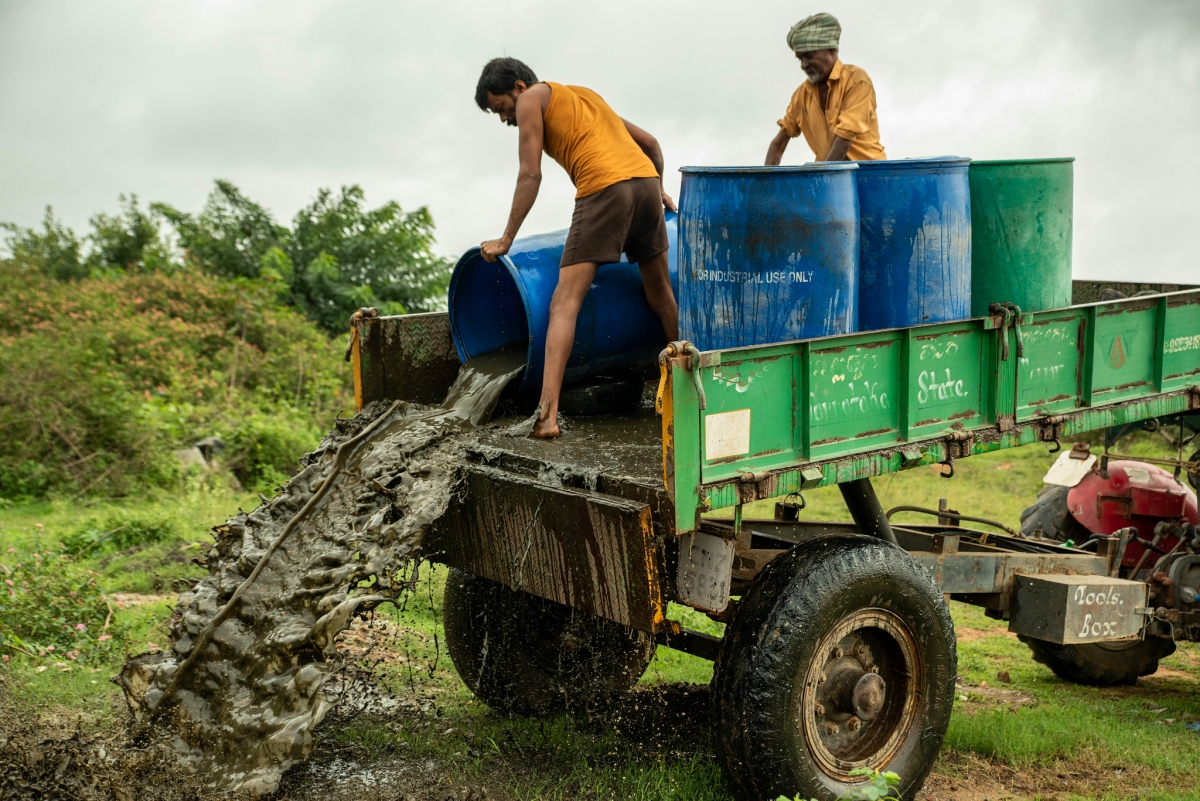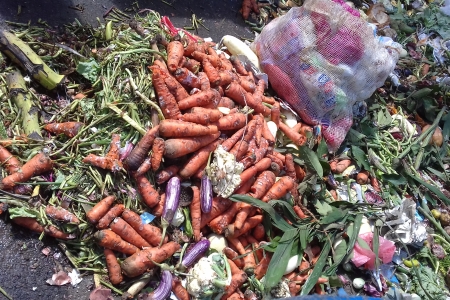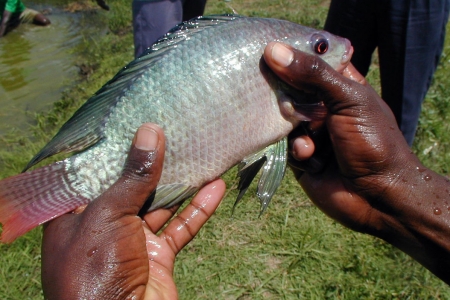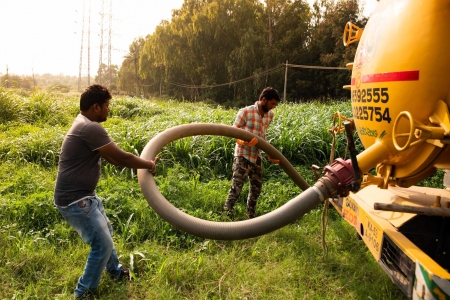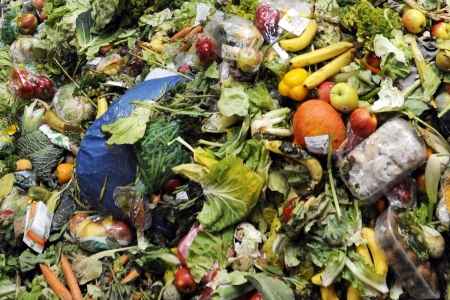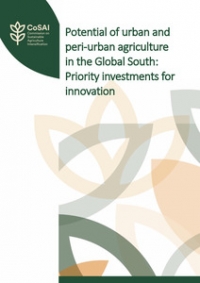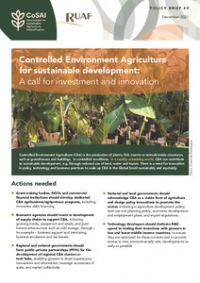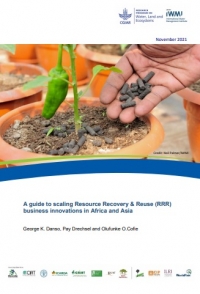India's Swachh Bharat Mission constructed more than 100 million new toilets around the country between 2014 and 2019, aiming to end open defecation on a massive scale. Having largely succeeded, the program has changed the landscape of sanitation. For one thing, roughly two thirds of the new toilets sit above pits or septic tanks that now need to be emptied -- and what lies within, referred to in sanitation circles as "fecal sludge", is the next national challenge.
India is not alone in this regard. Half of the global population with access to improved sanitation uses toilets connected to on-site sanitation rather than sewage networks. Pit toilets and septic tanks are more prevalent in rural and lower-income parts of the world; in Central and South Asia and sub-Saharan Africa, especially, on-site sanitation is expanding much faster than sewage networks. Even cities in these regions are now majority on-site sanitation. Traditional systems for emptying pits one bucket at a time are not keeping up (and such manual scavenging was, in fact, targeted for eradication under Swachh Bharat). The safe management of fecal sludge is one big open question.
The unflushable question of sludge
There is a lot riding on the answers: the effects of poorly managed sanitation on people and the environment now cost India 6.4% of its gross domestic product, or 2.4 trillion rupees, every year. Across the country, 70% of all water is polluted, and the poorest households bear the highest health costs.
But there is reason to be optimistic given the speed with which safe fecal sludge management -- the emptying, transport, treatment and reuse or disposal of fecal sludge from on-site sanitation -- is being rolled out in India. A diverse patchwork of informal private desludging operators, state-funded development initiatives, and smart ideas for reusing sludge are generating rapid scale-up in a national mood of experimentation.
This is why a hefty new WLE study takes a serious look at what is happening all over India in the wake of the Swachh Bharat Mission's first phase. Its focus is on the business models being tested in the sanitation value chain, based on case studies and interviews with more than 100 private operators in 72 towns and cities as well as municipal authorities, treatment plant operators, public officials and NGOs.
The new study documents both successful and less successful business models for fecal sludge management. But "business model" isn't quite what it sounds like here; there aren't usually big profits to be made in waste management and sanitation. These are essentially public services, most often publicly funded, with only a small scope for cost recovery. The idea of the business model, nevertheless, remains a useful way to ensure that the interests of all parties involved are addressed to achieve the desired outcomes for public health and environment, and sustainably so.
Safe, sanitary and circular
As the study tells it, households and institutions generally pay for their tanks and pit toilets to be emptied and the contents trucked away. However, the fees do not usually cover any more than removal. With nowhere to go, more than 70% of companies that empty and transport sludge end up dumping it in the open.
Reuse is clearly a much better option, and there are many potential ways to make business models more circular. WLE has already been involved in efforts to direct more fecal sludge into circular economies of resource use, including in Sri Lanka, Bangladesh and Ghana. Yet while reuse of treated solids and effluent may help in operational cost recovery to some extent, the greater benefits of reuse are food, energy and water security and a cleaner environment.
%20Treatment/index.jpg?itok=DyZKGYu-)
The good news is, safe management of fecal sludge from on-site sanitation is 46 times cheaper to set up than a fully networked sewage system, and 12 times cheaper to operate. It's much faster to set up, too, and the WLE study predicts that a concerted five-year mission could provide safely managed sanitation for all of India.
The value of the WLE study lies in demonstrating real examples of sanitation models that organize participants in many different ways, always with a target of sustainability.
From cooking gas to compost
The broad recommendations, however, are only a starting point. The real lesson of fecal sludge management in India is that no model works everywhere. Faced with the enormous diversity of approaches springing up in India's grand sanitation experiment, the authors documented the ins and outs of 18 distinct business models and 36 case studies that show them in action, in a collaboration between the Indian Water, Sanitation and Hygiene (WASH) Institute and the International Water Management Institute (IWMI).
There are models for emptying and transporting sludge; models that link these stages with treatment; models to operate the treatment plants themselves; and models for capturing energy and nutrients, either immediately on-site or farther down a value chain of reuse.
For example, in Tiruchirappalli, Tamil Nadu, an NGO spearheaded the construction of a public toilet that links to a municipal bio-digester, providing cooking gas to a community kitchen.
In Patna, Bihar, a call center allows residents with desludging needs to connect with rotating members of a service providers' association. Elsewhere in the country, customers are using websites and mobile apps to have their tanks emptied.
Wai, Maharashtra, has gone in a different direction: a university partnered with the municipal council to organize a unified system for emptying all of the city's septic tanks on a three-year schedule, funded by a sanitation property tax.
In Bansberia, West Bengal, a private company took the initiative in setting up a co-composting facility where fecal sludge is combined with poultry and agricultural waste, and now sells rich compost to fertilizer dealers and farmers.
With examples like these, the study makes clear that there is no best answer to the question of fecal sludge management. Instead, numerous possibilities are being explored, and will continue to be explored, as people everywhere gain access to the basic necessities.
In partnership with WASH Institute, the report is being translated into training modules for up to 4,500 municipal officers and NGO staff. With the support of USAID, the WASH Institute is now rolling out a national-level training program in fecal sludge management to increase the number of skilled professionals in the sector. The business models are one of the key components of this training program, and the insights should be just as valuable in other countries in Asia and Africa.
---
Thrive blog is a space for independent thought and aims to stimulate discussion among sustainable agriculture researchers and the public. Blogs are facilitated by the CGIAR Research Program on Water, Land and Ecosystems (WLE) but reflect the opinions and information of the authors only and not necessarily those of WLE and its donors or partners.
WLE and partners are supported by CGIAR Trust Fund Contributors, including: ACIAR, DGIS, FCDO, SDC, Sida and others.




